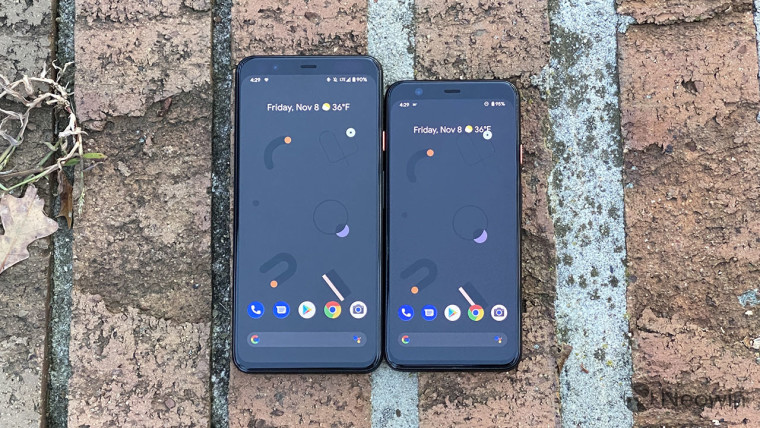
Last year, Google launched its Pixel 4 lineup with Soli-based Motion Sense gestures and face unlock amid much fanfare. This year though, the company has entirely ditched the gestures and its radar-based system and switched to a capacitive fingerprint sensor for its Pixel 5 lineup. The problem with Motion Sense gestures was that while they seemed impressive on paper, they did not work properly in real-life.
However, Google has not given up on Project Soli radar and its gestures system. The company"s hardware head Rick Osterloh confirmed to The Verge that "they"ll be used in the future." The executive confirmed that the technology was just too expensive to put in a phone that Google wanted to release this year. He did not confirm though if Project Soli will be used in a future smartphone or some other products from Google.
Google"s argument of Project Soli being too expensive for the Pixel 5 does make sense when one compares the pricing of the Pixel 4 to it. The former is available for $699 while the Pixel 4 started at $799 and went all the way up to $999. The company had first started working on Soli as a part of its ATAP modular smartphone project over five years ago, so it also makes sense that the company is not too inclined to ditch it after just one failed attempt.
Source: The Verge